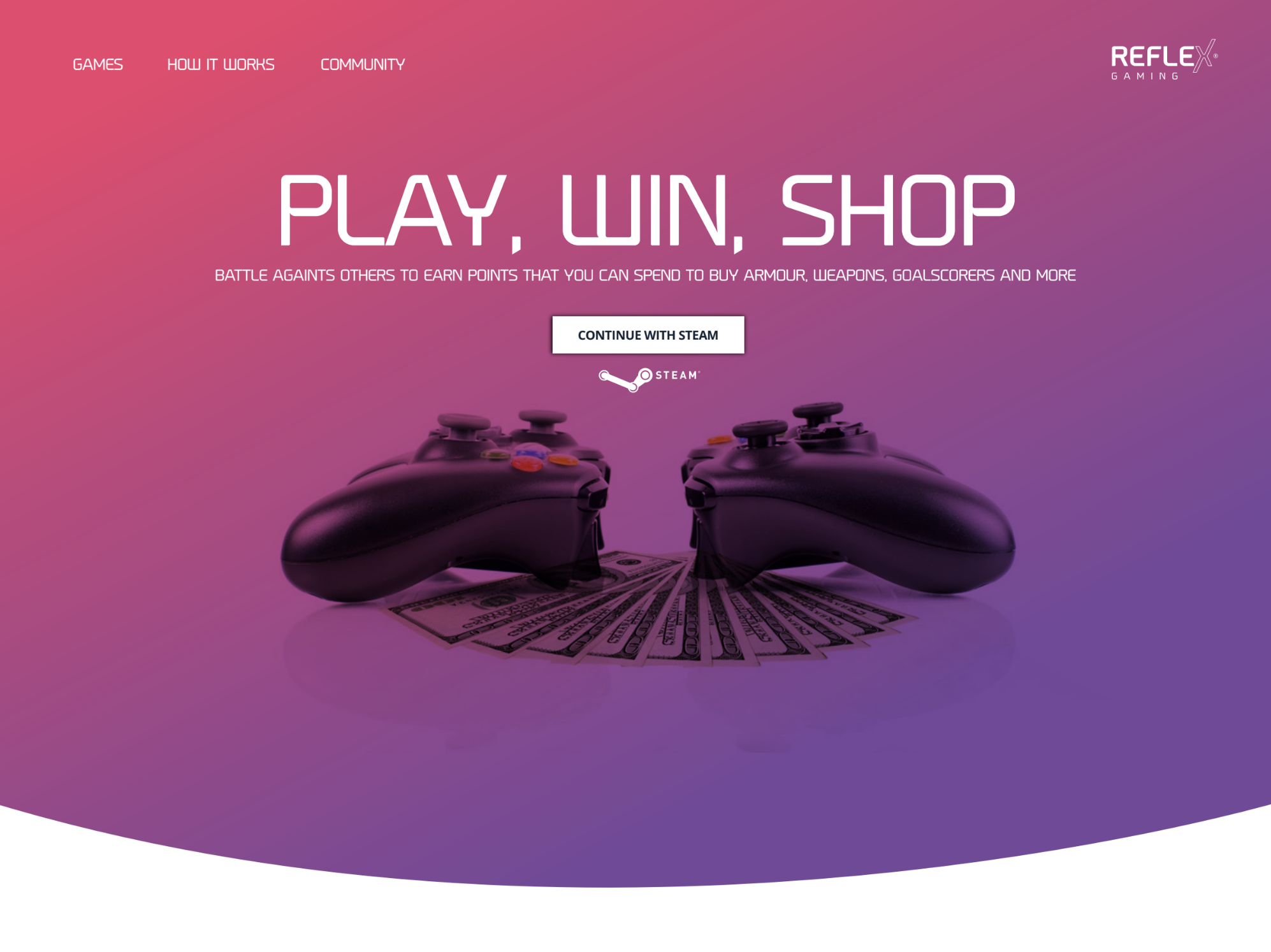Fancy a bet?
Bringing betting to eSports
This will be a short story. It was almost a fantastically amazingly successful story. We'll get to that.
We had an idea that eSports was the next big thing. DOTA 2, League of Legends, etc. All played by millions. So let's talk about the size of this opportunity.
The Masters' (a major golf tournament) prize pool is $11,000,000 USD. The prize pool for the Dota 2 world championship in 2018 was $25,000,000 USD.
We knew we had an opportunity here. We felt that if we could bring the thrill of prizes to day-to-day play, we could create a compelling new realm of sports betting.

BUT - It wasn't betting. We did lots of research. In order to bet 1-2-1, you'd still need a betting license. That can also differ in different jurisdictions in terms of law, rules and cost. So we made a conscious decision to make our platform more about coins, diamonds and prizes through entry fees (almost like a subscription model.) - So users were not betting real money as such and the research that we did showed that the prizes and recognition were far more valuable to them.

So what did we need to do? We had an idea, initial research and NO funding. So we decided we'd need a pitch deck to go in search for some funding. I created the visuals and narrative for the deck and a low-fi prototype to sell it even more. It included:
- Showing the opportunity compared to other forms of sport.
- Revealing the sheer cost of some loot within games and how people are willing to pay.
- Showing a prototype that was based on our research that demonstrated the drive towards prize winning and competitiveness.
- Showing a roadmap/cost-breakdown and what we could build in 3 months, 6 months and a year.

Success! We secured a small amount from an angel investor and we made it stretch (which was particularly stressful). I created workflows and prototypes using Illustrator and InVision at the time. We took those prototypes and tested them with users in countries that we knew had die-hard fans (the persona we were targeting).
From initial tests, we discovered:
- 95% of users interviewed said that gloating to their peers was the No.1 drive to win.
- 84% of users said that they would prefer to play 1v1. Some said this was more exciting.
- 95% really liked the UI.
- 100% disliked the thought of having to wait for a trade to end.
- 60% mentions they felt that part of the UI was difficult to see.

To make sure that we were on the right direction in terms of viability and desirability, I did the following in terms of design so we could build an MVP:
- Improved accessibility as much as I could.
- Made leagues exciting and prominent.
- Tried to incorporate delightful feedback and animations to give a real sense of achievement.
- Really pushed an emphasis of telling your friends what you've achieved.

We released an MVP in February 2017. In our first week we had 4,000 users. After that, we were recording 30 users signing up per day. This was with a very low marketing budget.

After a while, unfortunately for us we had to shut down. We were unable to fulfil prizes any more through issues with a third-party supplier and to keep going meant we would have to re-engineer our prize engine.
It was a blast though! Hope you found this interesting. Thanks for listening.